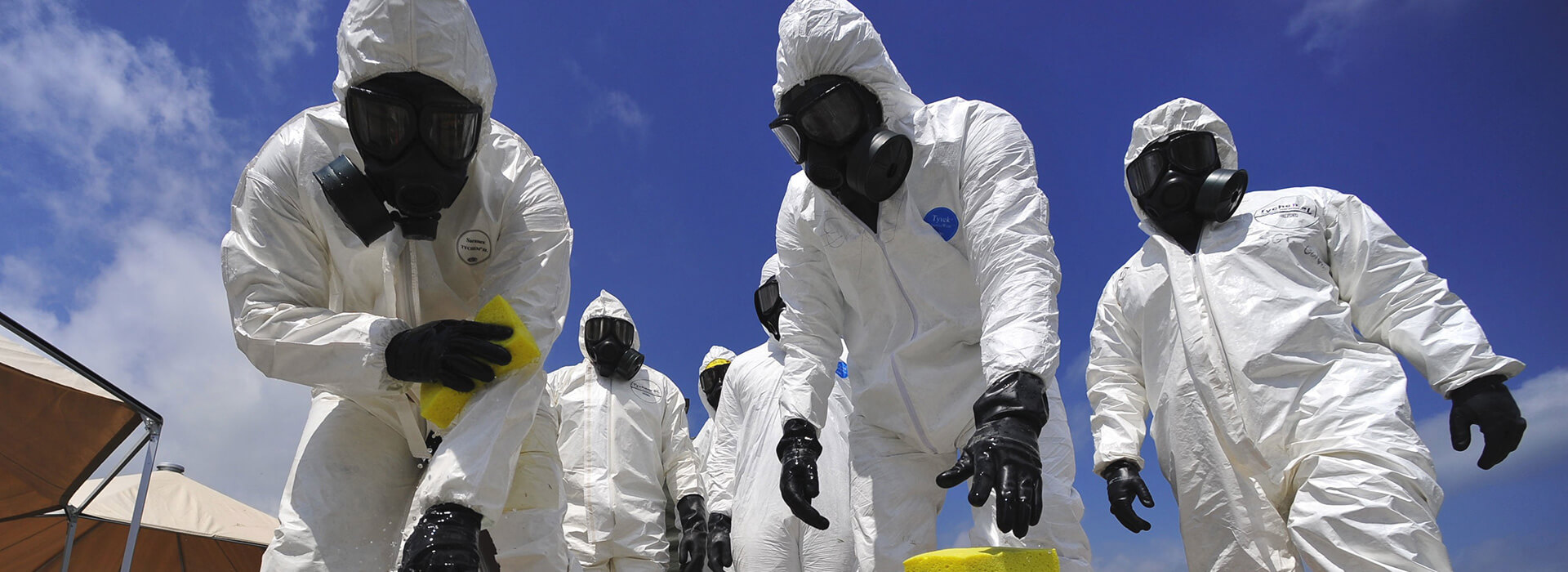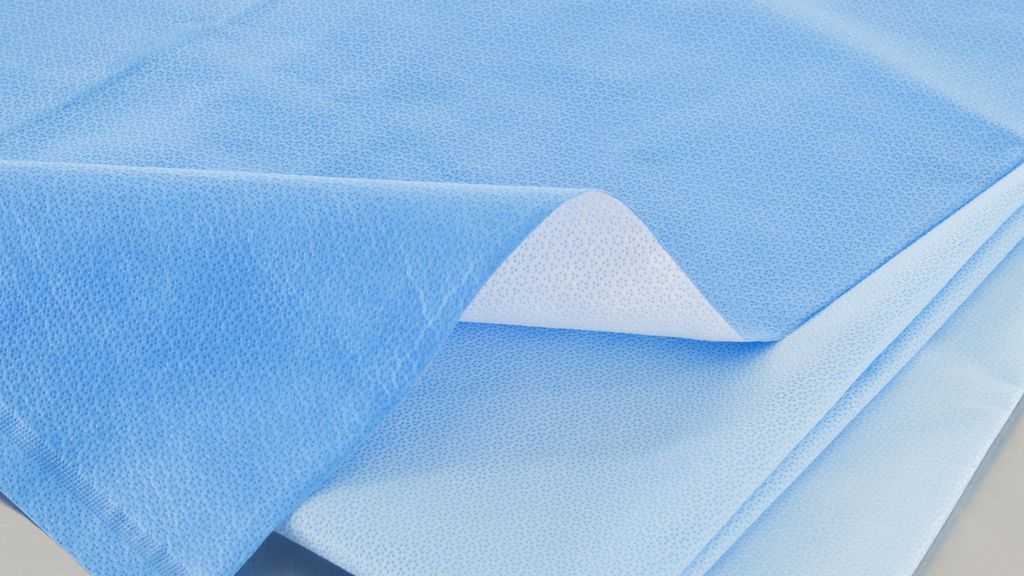

The spunbond fabric manufacturing process includes four simultaneous and integrated processes: filament spinning, drawing, depositing and bonding. The first three processes are the same as in traditional man-made fiber spinning methods directly. Although any of the spinning techniques (i.e. melt, dry and wet technique) can be used, melt spinning (spunbond) is widely used for its simplicity and economy. The main function of this system is to solidify and draw extruded filaments. The last process is the strengthening of the mesh, where the strength is provided by mechanical, chemical or thermal bonding methods.

The main components of the spun lacing line (spunbond fabric production line) are extruder, filter, metering pump, spinning block, quenching, drawing, netting, bonding and winding.
Nonwoven fabrics produced with the spunbond technique are mainly used in various applications such as disposable diapers, hygiene and health textiles. The consumption of spunbonded fabrics in durable and disposable products is constantly increasing.
Briefly, spunbonded fabrics are produced by depositing extruded, spun filaments in a uniform random manner on a collection belt and then bonding the fibers. The fibers are separated by air jets or electrostatic charges during the web laying process. The collecting surface is usually perforated to prevent the air stream from bending and carrying fibers in an uncontrolled manner. The bonding process, that is, the processes applied to melt the polymer and fuse the fibers together, add strength and integrity to the web. Spunbond products are used in geotextiles and disposable medical and hygiene products. Since fabric production is combined with fiber production, this production technique is more economical.
Formaldehyde, an organic compound, is a gas that is naturally produced in all developed living things and is poisonous. As it extends the expiration date of food products in the market formaldehyde is used. When formalin evaporates off water under reduced pressure, paraformaldehyde is formed. This is a polymer. When this polymer is heated, the gas turns into formaldehyde.
It is used as formaldehyde, sterilizing agent and preservative liquid in medical laboratories. The resins produced are used in the processing of textile products. However, consumers are adversely affected by the formaldehyde emitted from textile products. This compound is considered among the cancer-causing agents in humans.
Formaldehyde used in the processing of textile products is used as a germicidal (disinfectant) because it is rather cheap.
Our organization provides formaldehyde test services within the scope of spunbond fabric testing services to demanding healthcare organizations and manufacturing companies within the framework of national and international standards, with a trained and expert staff and advanced technological equipment, among numerous testing, measurement, analysis and evaluation studies.
To get an appointment, to get more detailed information or to request an evaluation, you can ask us to fill in our form and reach you.